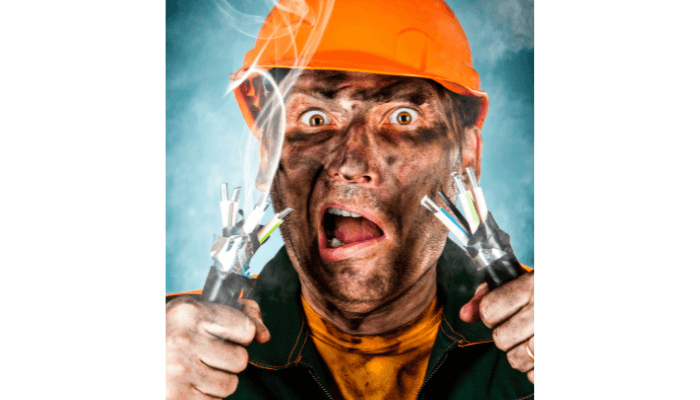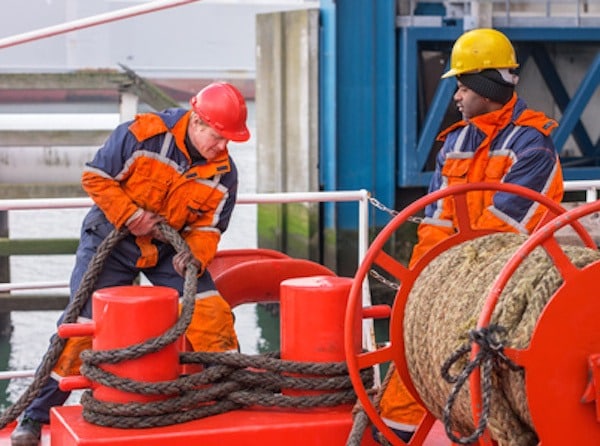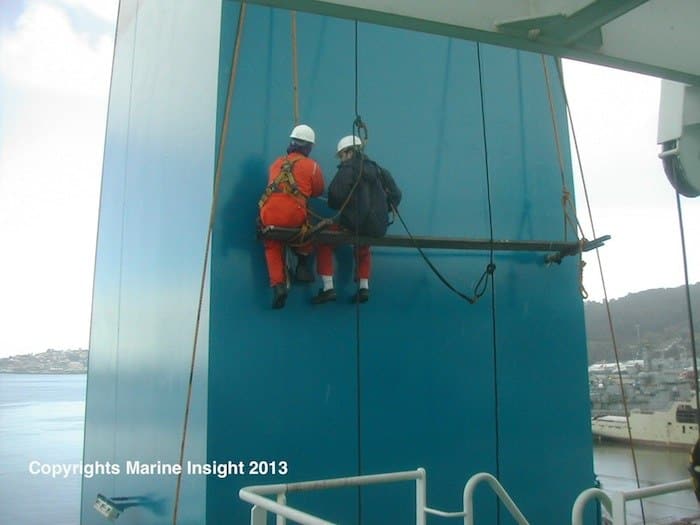

No seafarer wants to get hurt or suffer injuries while working on ships. We all know it’s a hostile working environment at the sea and no matter how many precautions are taken, accidents are bound to happen as a result of one main and common reason – human error.
A series of regulations have been introduced and implemented to ensure the safety and security of the seafarers working on ships. However, there are few types of life-threatening accidents that still keep taking place onboard ships around the world. As seafarers working at sea, it is important that you are aware of them and take extra precautions to avoid them.
Mentioned below are ten such life-threatening accidents that seafarers must be aware of:
Man overboard situation is a common and one of the most dangerous situations wherein the person falls into water while working or as a result of some accident.
Though seafarers are trained to deal with such situations, bad weather and heavy sea can spoil the rescue operation. Areas with extremely water temperature can also cause hypothermia or other dangerous health issues, even death. Several people have lost their lives in past because of such accidents.
This is one of the most common types of accidents onboard ships, which has been the result of several casualties and extreme injuries. Such accidents occur mainly when the ship’s crew enter a confined space that is not properly gas-freed and has several pockets of toxic/flammable gases. Many officers still neglect the enclosed space entry procedures, risking their and other crew member’s lives. Seafarers must be extremely cautious while entering enclosed spaces.
Additional reading:
1.Procedure for entering enclosed spaces
2. How to rescue a person from enclosed space?
Just like on land, electrical shocks have also taken several lives onboard ships. Unattended electrical connections, exposed wires, and failure in taking basic precautions while handling electrical equipment have to lead to many unfortunate incidents.


Additional reading:
How to minimize risk of electrical shock on board ship?
Improperly maintained machinery and systems sometimes leads to major blasts/explosions, destroying the ship’s property and killing people working on and around them. Accidents such as compressor blasts, crankcase explosions, boiler blasts etc. have caused serious injuries and even death in many cases in the past.
Additional reading:
How to prevent crankcase explosion?
A guide to overhauling generators on ships
A guide to operating procedures for engine room machinery
Yet another most common reason for serious injuries and deaths onboard ships, mooring operations is considered an extremely dangerous task that needs proper skills and knowledge. Several officers and crew members lose their lives every year because of accidents related to mooring operations.


Additional reading:
Understanding dangers of mooring operations
10 points to remember while carrying out mooring operations
A guide to deck machinery procedures and operations
Onboard ships, seafarers are often required to work at heights wearing safety harnesses and other important safety tools. However, in spite of taking all the necessary precautions, several crew members have lost their lives or suffered permanent injuries as a result of falling/slipping from heights, failure of safety devices, falling inside cargo hold during the inspection, and also due to sheer negligence.
Additional reading:
Important personal protective equipment


Though this is not a real kind of accident on board ships, it is a situation that is extremely life-threatening. Pirates use lethal weapons such as RPG and guns at the ship’s crew while trying to highjack the vessel. There have also been accidents wherein pirates have boarded the vessel, killed crew members and looted the vessel. They are the least bothered of anyone’s life and can shoot without giving a second thought.
Additional reading:
Best Management Practices for Protection Against Somalia Based Piracy
It is said that lifeboats take more lives than they save. Lifeboat testing during drills is an important routine onboard ships. However, several seafarers have lost their lives while performing such tests. Though new regulations have been introduced in order to ensure utmost safety while handling lifeboats, accidents involving severe injuries and deaths still occur as a result of lifeboats.
Additional reading:
SOLAS requirements for lifeboats
Accidents as a result of hot work can occur because of several reasons. One of the most common ones is when hot work is being carried out in an enclosed space with flammable gases, when the adjacent tank has flammable material, as a result of flammable gas pockets etc. It is also seen that seafarers often fail to follow the basic hot work procedures while carrying out such procedures, leading to unfortunate, fatal accidents.
Accidents have occurred on many ships when the ship’s gangway has failed while being used by the ship’s crew members or visitors. Gangway failure usually takes place as a result of lack of maintenance and failure of gangway wire rope.
Accidents on board ships can occur as a result of several reasons. The above-mentioned ones are some of the most common life-threatening accidents/situations onboard ships of which seafarers must be aware and careful.
Let us know about any other type of accident that you feel is extremely life-threatening.
You may also like to read read – Titus- An Innovative Rescue System
Disclaimer: The authors’ views expressed in this article do not necessarily reflect the views of The Marine Learners. Data and charts, if used, in the article have been sourced from available information and have not been authenticated by any statutory authority. The author and The Marine Learners do not claim it to be accurate nor accept any responsibility for the same. The views constitute only the opinions and do not constitute any guidelines or recommendation on any course of action to be followed by the reader.
The article or images cannot be reproduced, copied, shared or used in any form without the permission of the author and The Marine Learners.










We believe that knowledge is power, and we’re committed to empowering our readers with the information and resources they need to succeed in the merchant navy industry.
Whether you’re looking for advice on career planning, news and analysis, or just want to connect with other aspiring merchant navy applicants, The Marine Learners is the place to be.